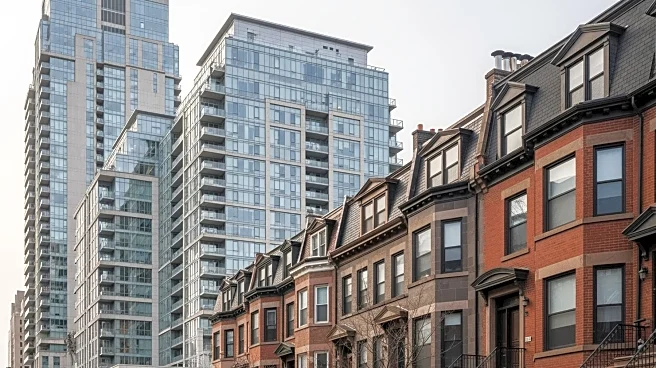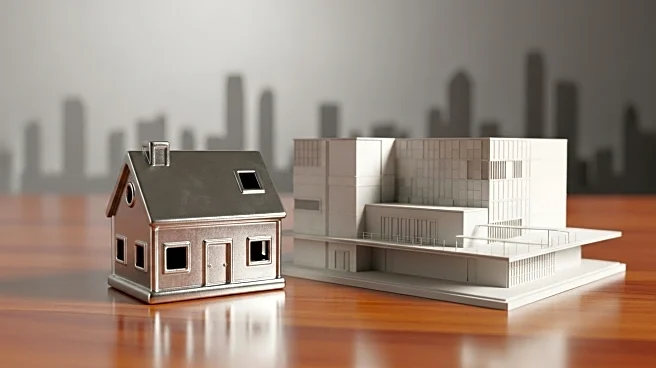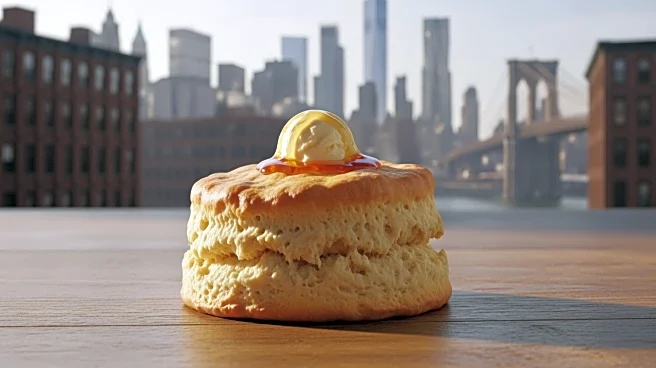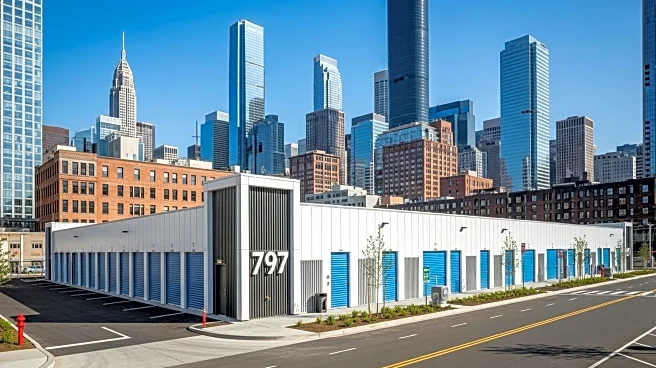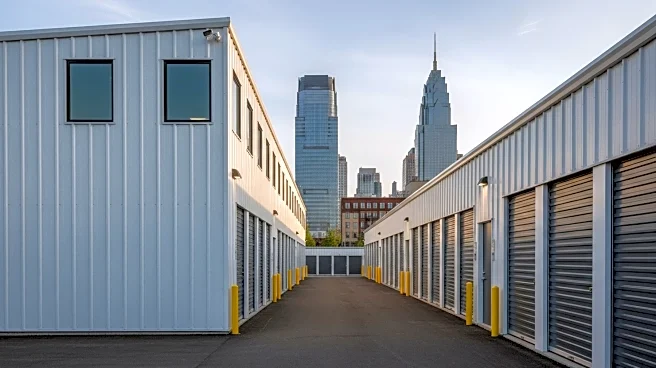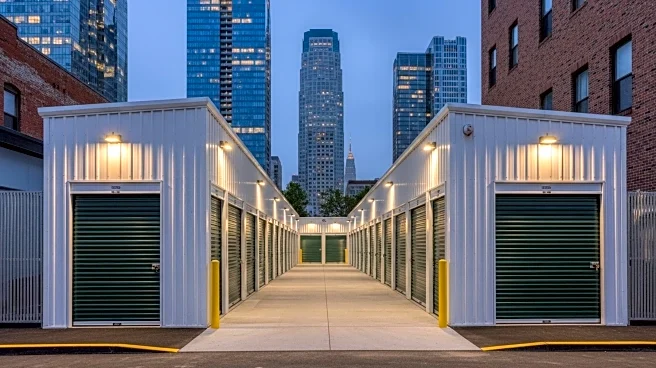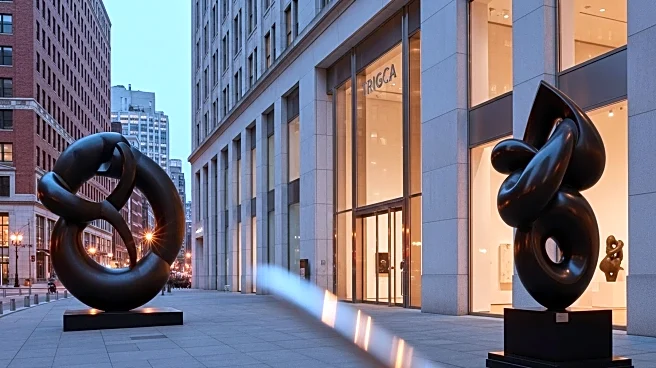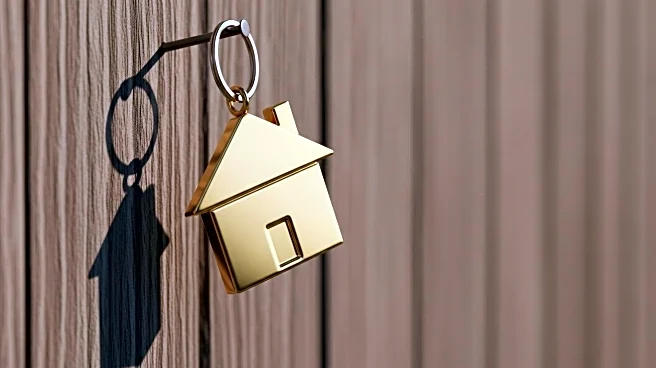What's Happening?
Jersey City is experiencing a significant housing boom, attracting buyers who are priced out of Manhattan and Brooklyn. The city's population has increased by over 20% between 2010 and 2024, driven by the
availability of new housing developments. Jersey City produced 13 new homes per 1,000 residents in 2024, compared to just four in New York City. The median home price in Jersey City was $671,000 in September 2025, significantly lower than Brooklyn's median price of nearly $1 million. Buyers are drawn to Jersey City's proximity to Manhattan, lower prices, and larger living spaces. Despite higher property taxes in New Jersey, the absence of New York City's municipal income tax offers financial savings.
Why It's Important?
The shift in housing preferences from Brooklyn to Jersey City highlights changing dynamics in the real estate market. Jersey City's growth is reshaping the suburban landscape in New Jersey, as buyers seek more space and value for their money. This trend could lead to increased demand for suburban homes, boosting local economies and altering community demographics. The competition between Jersey City and Brooklyn reflects broader economic shifts, impacting real estate prices and urban development strategies. As Jersey City becomes a stepping stone for young professionals, it may influence future housing policies and investment opportunities in the region.
What's Next?
As Jersey City's real estate market continues to grow, it is likely to attract more buyers seeking affordable luxury living close to Manhattan. This could lead to further development of residential properties and infrastructure improvements in the area. The trend may also encourage other New Jersey suburbs to capitalize on the influx of new residents, potentially increasing property values and community investments. Real estate agents and developers may focus on marketing Jersey City as a viable alternative to Brooklyn, emphasizing its lifestyle benefits and economic advantages. The ongoing competition between these regions could shape future urban planning and housing strategies.
Beyond the Headlines
The rise of Jersey City as a preferred residential area raises questions about urban sprawl and sustainable development. As more people move to Jersey City, there may be increased pressure on local resources and infrastructure. The trend also highlights the need for balanced growth that considers environmental impacts and community well-being. Additionally, the shift in housing preferences may influence cultural and social dynamics, as diverse populations settle in new areas, potentially fostering new community identities and interactions.
